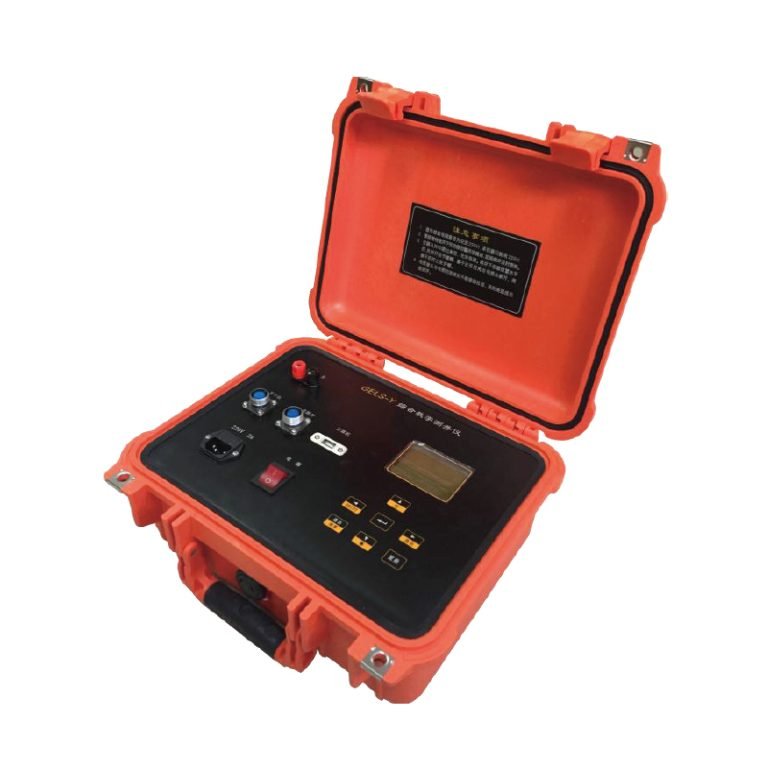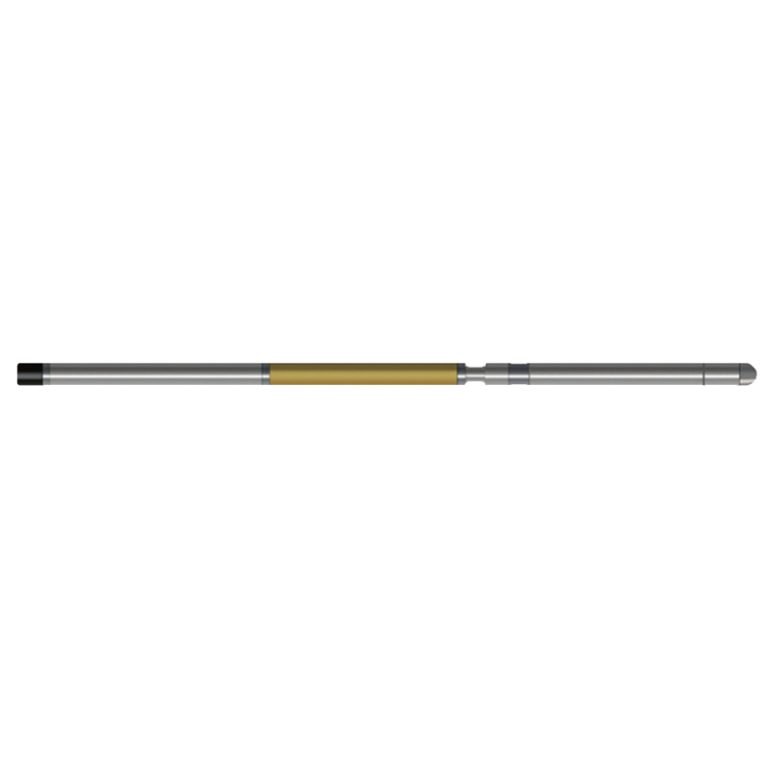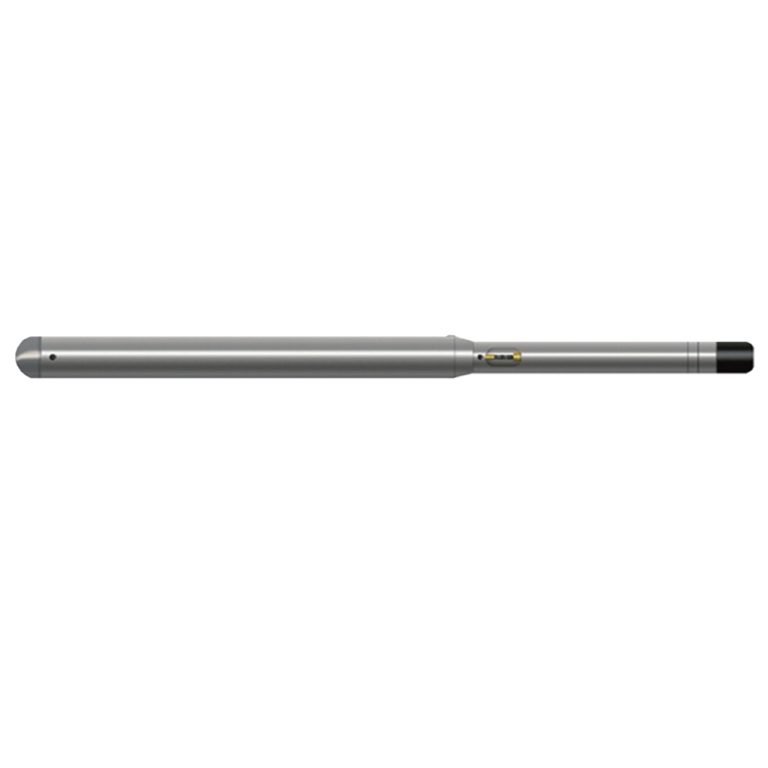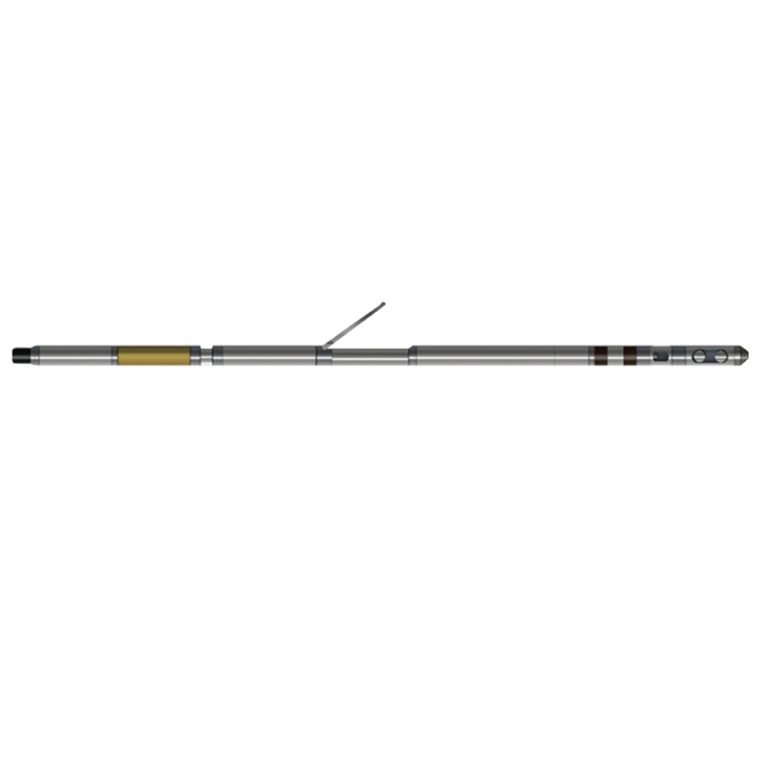Welcome to Geotech!

JWY-1 Probe
PRODUCT PARAMETERS
- The sensor uses a pt100 platinum resistor with a small time constant, which can quickly respond to changes in the temperature of the formation.
- Strong anti-interference ability.
Description
JWY-1 Fluid Temperature & Conductivity Probe
 Abstract
Abstract
JWY-1 Fluid Temperature & Conductivity Probe is specially used to measure the temperature change and resistivity change of fluid in the borehole. It is generally used to solve the need to understand the concentration of dissolved ions in the aquifer in hydrogeology and determine the location where fluid flow occurs in the borehole.

 Applicable Conditions
Applicable Conditions
● Bare hole fill with water or mud
● Bare Dry hole
 Applications
Applications
● Study salinity and seawater intrusion through fluid conductivity
● Determine liquid layer and loss layer
● Monitor groundwater temperature, water level and water quality
● Geothermal gradient logging, and can also be used in conjunction with other logging that requires temperature compensation
 Features
Features
● The sensor uses a pt100 platinum resistor with a small time constant, which can quickly respond to changes in the temperature of the formation.
● Strong anti-interference ability.
 Specifications
Specifications
| Temperature measurement range | 0℃~100℃, resolution: 0.025℃ |
| Temperature sensor | platinum resistance (pt100) |
| Resistivity range | 0~200Ωm, resolution: 0.05Ω m |
| Electrode device | A 0.04 M 0.02 N 0.02 N , ∞ B |
| Signal output | Bipolar encoding |
FAQ
① In SI, it is m·s-2, and one percent of it is the international unit abbreviation g.u.;
② Conversion between SI and CGS: 1g.u.=10-1 mGal
Gravitational field: The space around the earth with gravity is called the gravitational field.
Gravitational potential: The gravitational potential W in the gravitational field is equal to the work done by a particle of unit mass moving from infinity to that point.
① The normal gravity field of the earth: Assuming that the earth is a rotating ellipsoid (reference plane), the surface is glossy, the internal density is uniform, or it is distributed in concentric layers, the density of each layer is uniform, and the deviation of the shape of the ellipsoid from the geoid is very small, then the gravity field generated by the earth is the normal gravity field.
② The normal gravity value is only related to the latitude, the smallest at the equator and the largest at the poles, with a difference of about 50,000 g.u.; the rate of change of the normal gravity value with latitude is the largest at 45° latitude, and zero at the equator and the poles; the normal gravity value decreases with increasing altitude, and its rate of change is -3.086 g.u.. The main feature of the long-term change is the "westward drift" of the geomagnetic elements, both the dipole field and the non-dipole field drift westward, and have a global nature.
The gravitational field strength is equal to the gravitational acceleration in both numerical and dimensional terms, and the two are in the same direction. In gravity exploration, all references to gravity refer to gravitational acceleration. The gravitational field strength at a point in space is equal to the gravitational acceleration at that point.
Gravity exploration is an exploration method that is based on the density difference of rocks and ores. Since density difference will cause local changes in the normal gravity field of the earth (i.e. gravity anomaly), it is used to solve geological problems by observing and studying gravity anomalies.
-1.png)








